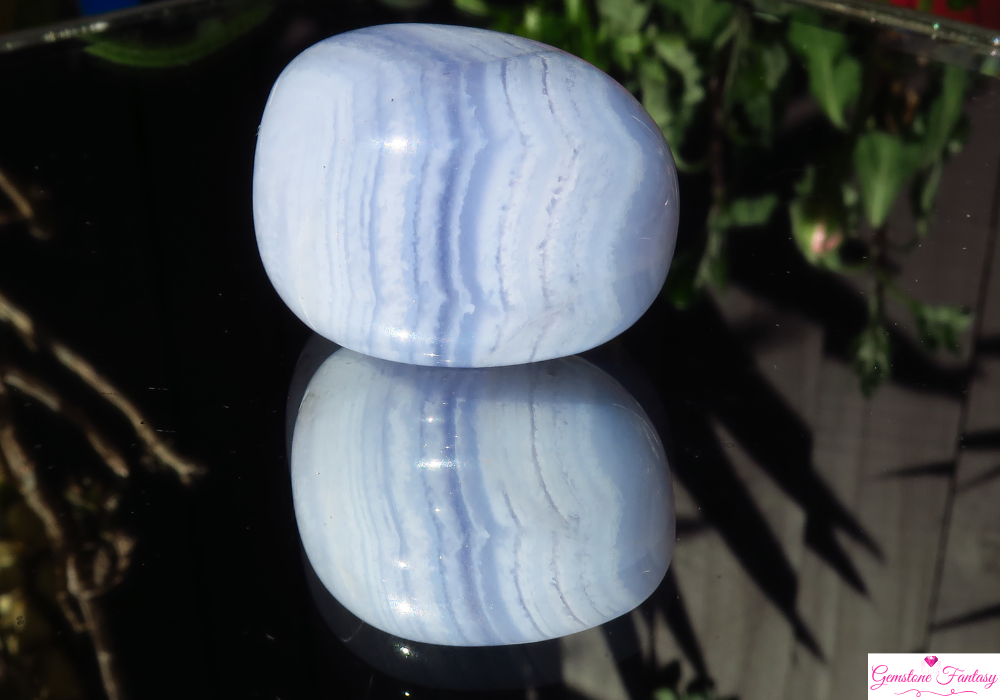The spinel group is a remarkable family of minerals that plays a crucial role in both geological processes and the world of gemstones. Known for their vibrant colors, excellent hardness, and distinctive crystal structures, spinel minerals are found in a variety of geological settings and are highly valued in jewelry. This article delves into the composition, key varieties, geological significance, industrial applications, and the unique allure of the spinel group.
What is Spinel?
Spinel is a mineral composed primarily of magnesium aluminate (MgAl2O4) but also includes a range of other elements that can substitute into its structure. It is classified within the oxide mineral class and forms part of the isometric crystal system, often resulting in octahedral crystal shapes. Spinel typically exhibits a range of colors, including red, blue, green, black, and even colorless, depending on its chemical composition and impurities.
The hardness of spinel is impressive, registering between 7.5 and 8 on the Mohs scale. This durability, along with its aesthetic appeal, makes it a popular choice for various applications, particularly in jewelry.
Composition of the Spinel Group
The spinel group comprises several end-member minerals, each with its own unique chemical composition. The most notable members include:
- Magnesio-spinel (MgAl2O4)
- The most common and well-known member of the spinel group, composed primarily of magnesium and aluminum.
- Often found in metamorphic rocks and as a gemstone.
- Chromian spinel (CrAl2O4)
- Contains chromium, giving it a distinctive green color.
- Often found in ultramafic rocks and is associated with the presence of chromium deposits.
- Iron spinel (FeAl2O4)
- An iron-rich variant that can appear black or dark brown.
- Typically found in igneous rocks and as a minor component in some metamorphic rocks.
- Zinc spinel (ZnAl2O4)
- Contains zinc, contributing to its unique properties and colors.
- Less common and often found in specific geological settings.
These minerals exhibit a solid solution series, allowing for various substitutions in their crystal structures. This variability results in a wide range of colors and physical properties among spinel minerals.
Notable Varieties of Spinel
While the spinel group is diverse, a few varieties stand out, particularly in the realm of gemstones:
- Red Spinel
- Often mistaken for ruby, red spinel is prized for its vivid red color and brilliance.
- It is increasingly recognized as a valuable gemstone in its own right, with significant historical importance.
- Blue Spinel
- A striking blue variety that has gained popularity in recent years.
- The color can range from light sky blue to deep cobalt, making it an attractive choice for jewelry.
- Black Spinel
- This variety is characterized by its opaque black color and high luster.
- Often used in contemporary jewelry designs, black spinel adds a touch of elegance and sophistication.
- Pink Spinel
- A softer hue that has become increasingly sought after, pink spinel can vary from pale to deep pink.
- Its rarity and beauty make it a prized choice among collectors.
- Color-Change Spinel
- A unique variety that exhibits different colors under varying lighting conditions.
- This fascinating optical phenomenon enhances the allure of spinel gemstones.
Geological Significance of Spinel
Spinel minerals play an important role in understanding geological processes and rock formation. Here are some key points regarding their geological significance:
- Indicator of High-Temperature Metamorphism: Spinel often forms under high-temperature conditions, making it a useful indicator of metamorphic environments. It can provide insights into the conditions under which specific rocks were formed.
- Accessory Mineral: In igneous rocks, spinel is frequently found as an accessory mineral. Its presence can offer valuable information about the composition and evolution of the magma from which the rock crystallized.
- Economic Importance: The formation of spinel in specific geological environments can lead to the concentration of valuable metals, such as chromium and aluminum, which are essential for various industrial applications.
Industrial Applications of Spinel
In addition to its aesthetic value in jewelry, spinel and its varieties have several industrial applications:
- Refractories: Spinel is used in the manufacture of refractory materials, thanks to its high melting point and thermal stability. These materials are crucial for lining furnaces and kilns in various industries.
- Ceramics: Spinel is utilized in the production of ceramics, where it contributes to the strength and durability of the final products.
- Pigments: Some spinel minerals are used as pigments in glass and ceramics due to their vibrant colors and stability under heat.
- Magnetic Materials: Certain spinel compositions exhibit magnetic properties, making them suitable for use in magnetic materials and electronic applications.
The Allure of Spinel in the Gemstone Market
Spinel has been enjoying renewed popularity in the gemstone market, often overshadowed by more famous gemstones like rubies and sapphires. However, its unique qualities and colors have made it a sought-after choice among collectors and jewelry enthusiasts:
- Historical Significance: Spinel has a rich history, often being mistaken for other gemstones throughout the ages. Notably, the “Black Prince’s Ruby” in the British Crown Jewels is actually a red spinel, highlighting its historical value.
- Rarity and Value: Spinel is rarer than many other gemstones, which can drive its value higher, especially in sought-after colors. Its growing recognition as a legitimate gemstone has resulted in increased demand.
- Sustainability: Many spinel deposits are found in environmentally responsible mining operations, appealing to the growing market of ethically conscious consumers.
- Fashion Trends: The versatility of spinel allows it to be incorporated into various jewelry styles, from classic to modern. Designers are increasingly featuring spinel in unique settings, showcasing its beauty and appeal.
Conclusion
The spinel group represents a captivating and diverse family of minerals that has much to offer in terms of geological significance, industrial applications, and aesthetic appeal. From its rich historical background to its status as a coveted gemstone, spinel continues to capture the imagination of geologists, jewelers, and collectors alike.
As awareness of spinel grows, its presence in the gemstone market is set to expand, solidifying its place as a unique and valuable member of the mineral kingdom. Whether admired for its beauty in jewelry or studied for its geological importance, spinel remains a testament to the complexity and wonder of nature’s creations.
















